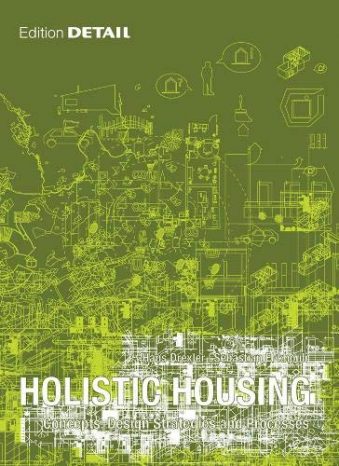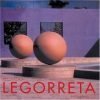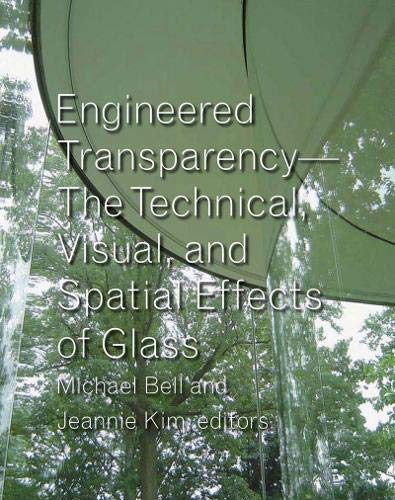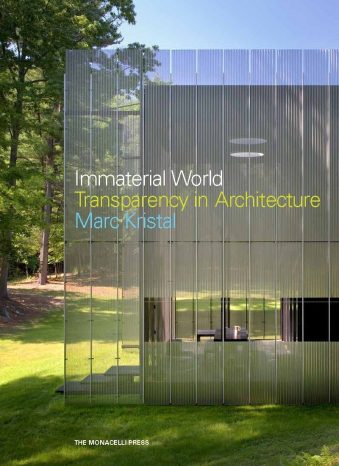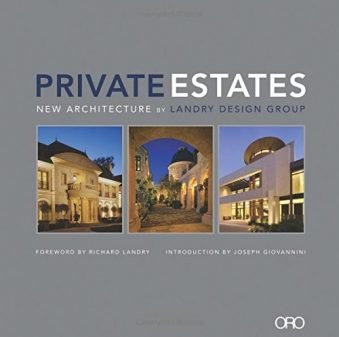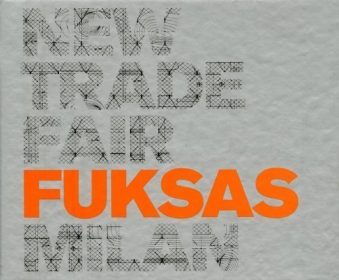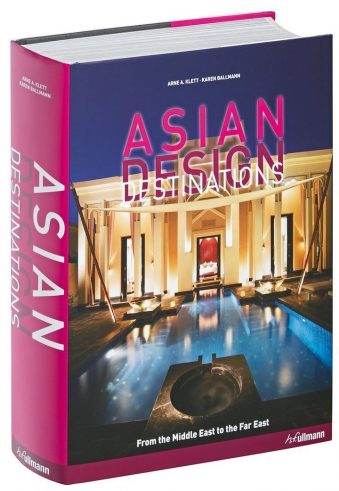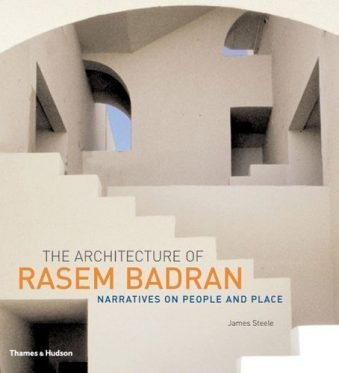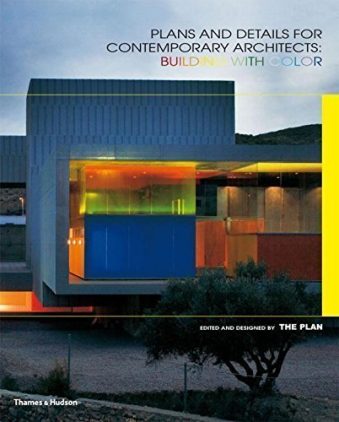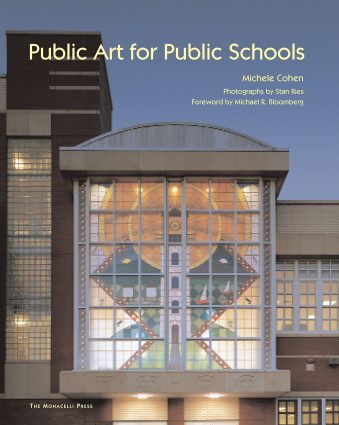- Empty cart.
- Continue Shopping
Engineered Transparency: The Technical, Visual, and Spatial Effects of Structured Light (Hardcover)
₹1,995.00
- By Michael Bell (Editor) , Jeannie Kim
- Hardcover: 250 pages
- Publisher: Princeton Architectural Press; Har/Com edition (4 November 2008)
- Language: English
- ISBN-10: 1568987986
- ISBN-13: 9781568987989
- Product Dimensions: 22.6 x 2.5 x 27.9 cm
1 in stock
Glass is one of the most ubiquitous and extensively researched building materials. Despite the critical role it has played inmodern architecture in the last century, we have yet to fully comprehend the cultural and technological effects of thiscomplex and sophisticated building material. Engineered Transparency brings together an extraordinary, multidisciplinary group of international architects, engineers, manufacturers, and critics to collectively reconsider glasswithin the context of recent engineering and structural achievements. In light of these advancements, glass hasreemerged as a novel architectural material, offering new and previously unimaginable modes of visual pleasure andspatial experience.
Engineered Transparency presents a portfolio of projects featuring cutting-edge glass designs by todays most innovative architects, including SANAA’s acclaimed Glass Pavilion at the Toledo Museum of Art, Yoshio Taniguchi’s MoMA expansion in New York City, and Steven Holl’s Nelson-Atkins Museum in Kansas City. With contributions by foremost thinkers in the field of architecture and design including historians Kenneth Frampton, Antoine Picon, and DetlefMertins; cultural critics Beatriz Colomina, Joan Ockman, and Reinhold Martin; engineers Werner Sobek, Guy Nordenson,and Richard Tomasetti; and architects Kazuyo Sejima, Steve Holl, and Elizabeth Diller, Engineered Transparency redefines glass as a 21st century building material and challenges our assumptions about its aesthetic, structural, and spatial potential.
Glass is one of the most ubiquitous and extensively researched building materials. Despite the critical role it has played inmodern architecture in the last century, we have yet to fully comprehend the cultural and technological effects of thiscomplex and sophisticated building material. Engineered Transparency brings together an extraordinary, multidisciplinary group of international architects, engineers, manufacturers, and critics to collectively reconsider glasswithin the context of recent engineering and structural achievements. In light of these advancements, glass hasreemerged as a novel architectural material, offering new and previously unimaginable modes of visual pleasure andspatial experience.
Engineered Transparency presents a portfolio of projects featuring cutting-edge glass designs by todays most innovative architects, including SANAA’s acclaimed Glass Pavilion at the Toledo Museum of Art, Yoshio Taniguchi’s MoMA expansion in New York City, and Steven Holl’s Nelson-Atkins Museum in Kansas City. With contributions by foremost thinkers in the field of architecture and design including historians Kenneth Frampton, Antoine Picon, and DetlefMertins; cultural critics Beatriz Colomina, Joan Ockman, and Reinhold Martin; engineers Werner Sobek, Guy Nordenson,and Richard Tomasetti; and architects Kazuyo Sejima, Steve Holl, and Elizabeth Diller, Engineered Transparency redefines glass as a 21st century building material and challenges our assumptions about its aesthetic, structural, and spatial potential.
About the Author
Michael Bell is an associate professor at Columbia University’s Graduate School of Architecture, Planning, and Preservation, where he directs the Core Design Studios. He is the founder of Michael Bell Architecture, based in New York City.
Jeannie Kim is the director of publications at Columbia University’s Graduate School of Architecture, Planning, and Preservation, where she also teaches.

